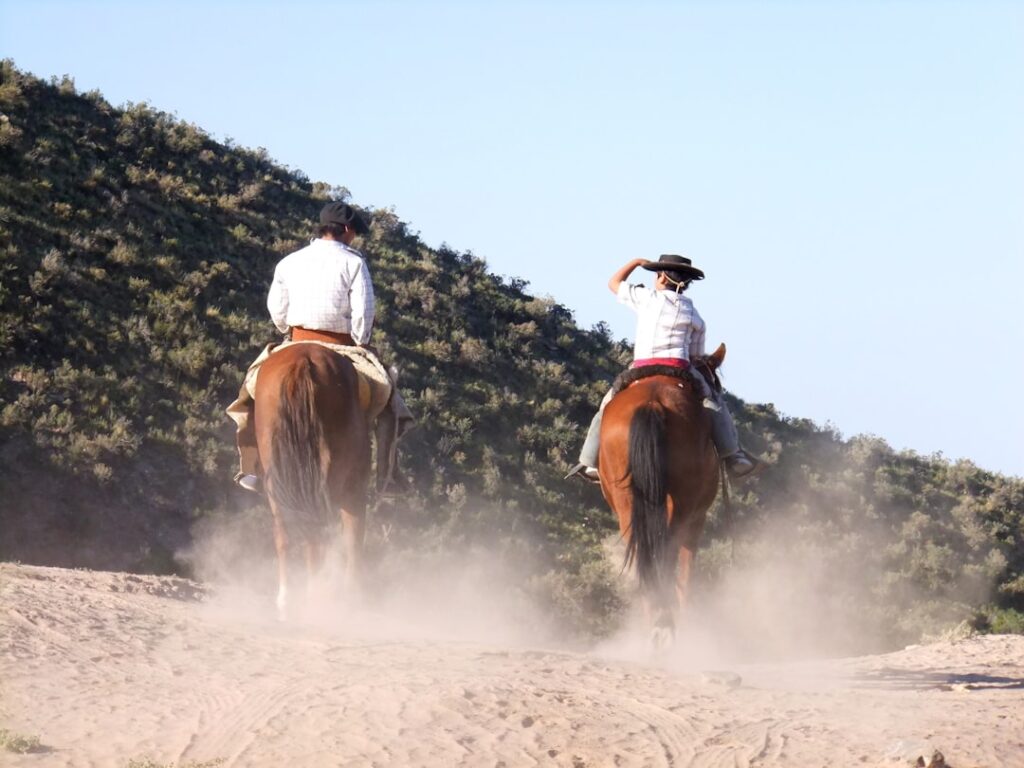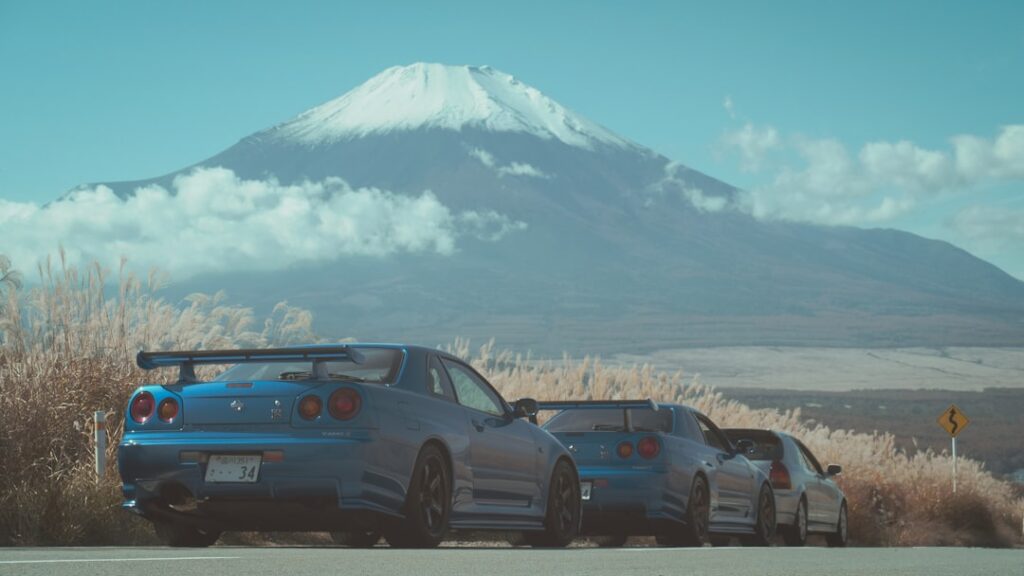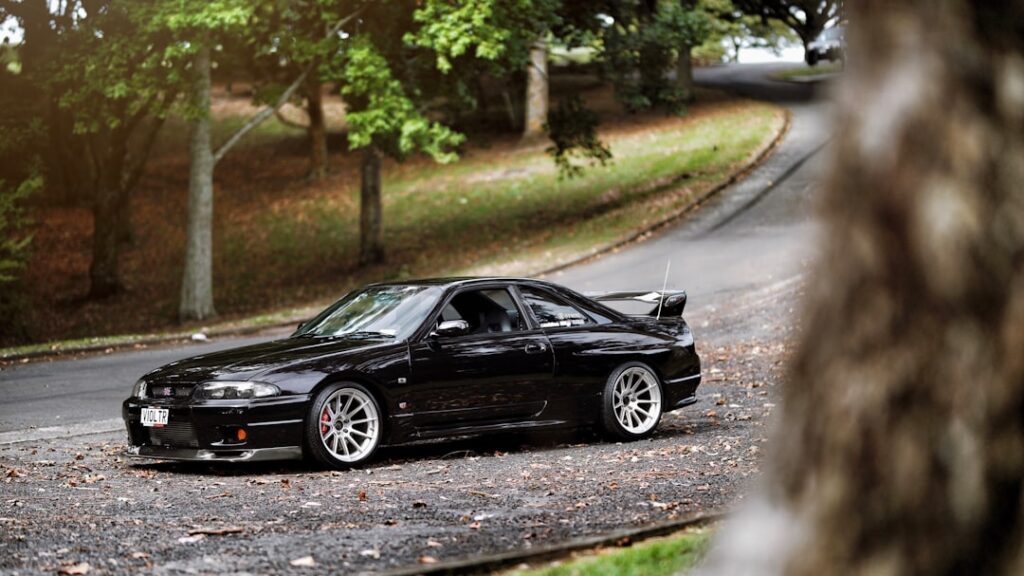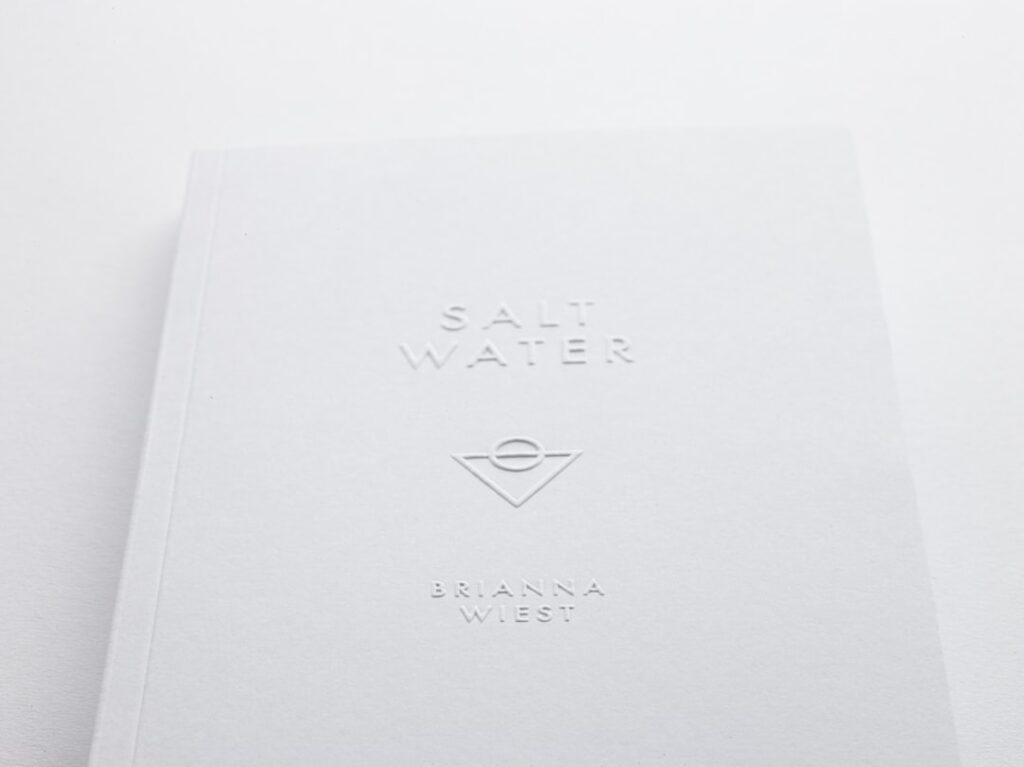
Rodeo 39 has a rich and storied history that dates back to the early days of the American West. The roots of rodeo can be traced back to the Spanish vaqueros who settled in the Southwest in the 16th century. These skilled horsemen brought with them the tradition of roping and riding, which would eventually evolve into the modern rodeo events we know today. As the American West expanded, so too did the popularity of rodeo, with events being held in towns and cities across the region.
The first official rodeo is believed to have taken place in 1869 in Deer Trail, Colorado, where local cowboys gathered to compete in roping and riding contests. From there, rodeo grew in popularity, with events becoming more organized and structured. In 1883, the first rodeo with prize money was held in Pecos, Texas, marking a significant milestone in the sport’s development. Rodeo continued to gain traction throughout the late 19th and early 20th centuries, with the formation of organizations such as the Professional Rodeo Cowboys Association (PRCA) in 1936, which helped to standardize rules and regulations for competitions. Today, rodeo has become a beloved tradition in Western culture, with events drawing large crowds and top competitors from around the world.
Rodeo 39 has a deep connection to the history and heritage of the American West, and its evolution over the years has helped to shape the sport into what it is today. From its humble beginnings as informal contests among cowboys to its current status as a professional sport with international appeal, rodeo has remained a symbol of Western tradition and skill.
Key Takeaways
- Rodeo has a rich history dating back to the 1800s, originating from Spanish and Mexican traditions in the American West.
- Events and competitions at rodeos include bull riding, barrel racing, steer wrestling, and roping, showcasing the skills of cowboys and cowgirls.
- Cowboys and cowgirls are skilled athletes who compete in various events, demonstrating their horsemanship and roping abilities.
- Rodeo displays ultimate western skills such as riding, roping, and wrangling, highlighting the traditions of the American West.
- Rodeo events offer entertainment and a lively atmosphere, featuring music, food, and a sense of community, contributing to the impact on western culture.
The Events and Competitions
Rodeo 39 features a variety of events and competitions that showcase the skills and athleticism of cowboys and cowgirls. One of the most iconic events is bull riding, where riders attempt to stay on a bucking bull for eight seconds. This event requires incredible strength, balance, and fearlessness, as riders must navigate the powerful movements of the bull while maintaining their grip on the rope. Another popular event is saddle bronc riding, where riders must stay on a bucking horse while using a specialized saddle with no horn to hold onto. This event requires precision and finesse, as riders must anticipate the movements of the horse and adjust their position accordingly.
In addition to rough stock events, rodeo also features timed events such as steer wrestling, where cowboys must wrestle a steer to the ground as quickly as possible, and barrel racing, where cowgirls navigate a cloverleaf pattern around barrels at high speeds. These events require quick reflexes, agility, and strategic thinking, as competitors aim to complete their tasks in the shortest amount of time possible. Rodeo 39 also includes roping events such as tie-down roping and team roping, which test the accuracy and dexterity of competitors as they attempt to lasso and restrain cattle.
The diverse range of events in rodeo 39 highlights the wide array of skills and talents possessed by cowboys and cowgirls. From the adrenaline-pumping rough stock events to the precision-based timed events, rodeo offers something for everyone to enjoy and appreciate.
The Cowboys and Cowgirls
Rodeo 39 would not be possible without the talented and dedicated cowboys and cowgirls who compete in its events. These athletes come from diverse backgrounds and bring a wide range of skills to the arena, making each competition a thrilling display of talent and determination. Many rodeo competitors come from ranching families and have been honing their skills from a young age, while others have discovered their passion for rodeo later in life.
The life of a rodeo cowboy or cowgirl is one of hard work and dedication, as they spend countless hours training and practicing to perfect their craft. Whether it’s honing their riding skills on bucking bulls or perfecting their roping technique, these athletes are constantly striving to improve and push themselves to new heights. In addition to their physical abilities, rodeo competitors also possess a deep understanding of animal behavior and a strong bond with their horses and livestock.
Beyond their athletic prowess, rodeo competitors also embody the values of Western culture, including resilience, perseverance, and respect for tradition. They are ambassadors for the sport and serve as role models for aspiring cowboys and cowgirls around the world. Their passion for rodeo is evident in every ride, run, and roping maneuver, making them an integral part of the sport’s enduring appeal.
The Ultimate Western Skills on Display
Rodeo 39 is a showcase of some of the most impressive Western skills on display. From expert horsemanship to precision roping, rodeo events highlight the unique talents and abilities that have been honed over generations in the American West. The skill and finesse required to ride a bucking bronc or rope a steer in record time are a testament to the dedication and hard work of rodeo competitors.
One of the most awe-inspiring displays of skill in rodeo is bull riding, where riders must maintain their balance and control while facing off against a powerful bucking bull. The ability to anticipate the movements of the bull and adjust their position accordingly requires incredible athleticism and courage. Similarly, saddle bronc riding showcases the artistry of horsemanship, as riders must maintain their balance and control while guiding a bucking horse through its movements.
In addition to riding events, roping competitions such as tie-down roping and team roping require precision and accuracy, as competitors must lasso cattle with speed and agility. These events highlight the unique skills possessed by rodeo competitors and serve as a testament to their dedication to mastering their craft.
The Entertainment and Atmosphere
Rodeo 39 is not just a sporting event; it’s also a celebration of Western culture and heritage. The atmosphere at a rodeo is electric, with fans cheering on their favorite competitors and enjoying the thrill of each event. From the opening ceremonies to the final ride, rodeo events are filled with excitement and energy that captivates audiences of all ages.
In addition to the competitions themselves, rodeo events often feature entertainment such as live music, specialty acts, and exhibitions that showcase various aspects of Western culture. Trick riders, roping demonstrations, and cowboy poetry are just a few examples of the diverse entertainment that can be found at a rodeo. These performances add an extra layer of excitement and enjoyment for spectators, creating an immersive experience that goes beyond just watching the competitions.
The camaraderie and sense of community at rodeo events are also an integral part of the overall atmosphere. Rodeo brings together people from all walks of life who share a passion for Western traditions and values. Whether it’s families enjoying a day out together or die-hard rodeo fans cheering on their favorite competitors, the sense of unity and shared enthusiasm at a rodeo event is palpable.
The Impact of Rodeo 39 on Western Culture

Rodeo 39 has had a profound impact on Western culture, shaping its identity and serving as a symbol of tradition and heritage. The sport has become an integral part of the cultural fabric of the American West, with events drawing large crowds and fostering a sense of community among fans and competitors alike. Rodeo has also played a significant role in preserving Western traditions and values, serving as a platform for showcasing skills that have been passed down through generations.
In addition to its cultural significance, rodeo has also had an economic impact on Western communities. Rodeo events bring in tourism revenue, support local businesses, and provide opportunities for vendors and artisans to showcase their products. The sport has also helped to preserve ranching traditions by providing a platform for showcasing livestock breeding and handling techniques.
Rodeo’s influence extends beyond the American West, with events drawing international competitors and fans from around the world. The sport has become a global phenomenon, with competitions held in countries such as Canada, Australia, Brazil, and Mexico. This international appeal has helped to spread awareness of Western culture and traditions on a global scale.
The Future of Rodeo 39
As rodeo 39 continues to evolve, its future looks bright with new opportunities for growth and innovation. The sport has seen advancements in technology and safety measures that have improved the experience for both competitors and spectators. In addition to traditional rodeo events, there is also potential for new disciplines to be introduced that could further expand the appeal of the sport.
Rodeo’s presence in popular culture has also grown in recent years, with increased media coverage and representation in film and television. This exposure has helped to introduce new audiences to the sport and generate interest among younger generations. As a result, there is potential for rodeo to continue growing in popularity both domestically and internationally.
The future of rodeo also holds promise for increased diversity and inclusivity within the sport. Efforts are being made to attract more female competitors and provide opportunities for underrepresented groups to participate in rodeo events. These initiatives aim to ensure that rodeo remains relevant and accessible to all who wish to participate.
In conclusion, rodeo 39 holds a special place in Western culture as a beloved tradition that celebrates skill, athleticism, and heritage. With its rich history, diverse range of events, talented competitors, vibrant atmosphere, cultural impact, and promising future, rodeo continues to captivate audiences around the world while preserving the spirit of the American West for generations to come.
Sure, here is a paragraph mentioning a related article to rodeo 39 and including a link to the article:
“Looking for more exciting events like Rodeo 39? Check out this article on Twenty Booking that highlights the top rodeos and western events happening across the country. From thrilling bull riding competitions to lively country music performances, this article has all the details on where you can experience the excitement of the rodeo scene. Learn more here.”
FAQs
What is a rodeo?
A rodeo is a competitive event that originated in the United States and involves various skills such as roping, riding, and herding typically associated with the working practices of cattle ranching.
What are the main events in a rodeo?
The main events in a rodeo include bull riding, saddle bronc riding, bareback bronc riding, steer wrestling, team roping, tie-down roping, and barrel racing.
Where are rodeos held?
Rodeos are held in various locations, including dedicated rodeo arenas, fairgrounds, and outdoor stadiums. They are popular in the western United States and Canada, but can also be found in other countries around the world.
What is the history of rodeo?
Rodeo has its roots in the practices of cattle ranching and the skills required for working with livestock. It evolved into a competitive sport in the late 19th century, with the first official rodeo held in 1869 in Deer Trail, Colorado.
What are the rules and regulations of rodeo events?
Each rodeo event has its own set of rules and regulations, which are established by governing bodies such as the Professional Rodeo Cowboys Association (PRCA) and the Women’s Professional Rodeo Association (WPRA). These rules govern aspects such as equipment, scoring, and animal welfare.
What is the attire worn in rodeo events?
Participants in rodeo events typically wear traditional western attire, including cowboy hats, boots, jeans, and button-up shirts. In some events, such as barrel racing, participants may also wear protective vests and helmets.


